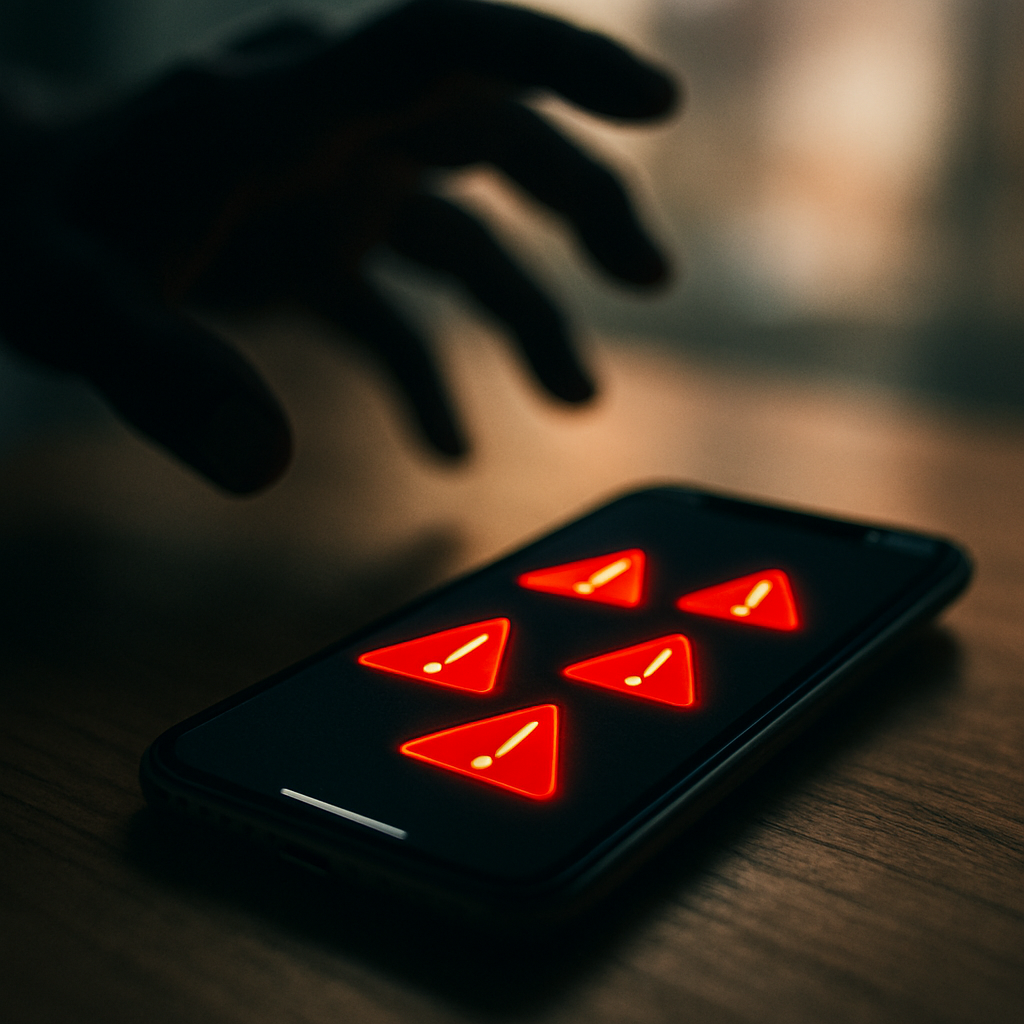iPhone Bank Drain Scam: How It Works and How to Protect Yourself
Introduction
A disturbing new cybercrime tactic known as the iPhone bank drain scam has been making headlines. This scam preys on trust and quick decision-making, tricking iPhone users into handing over access that can quickly empty their bank accounts. Understanding how the scam works and what steps you can take to protect yourself is the first line of defense.
How the iPhone Bank Drain Scam Works
The scam typically begins with what looks like an innocent request. A stranger asks to borrow your iPhone for a quick emergency call. Once they have the device in hand, they use the short window of access to:
- Activate call forwarding or message redirection.
- Intercept verification codes and one-time passwords (OTPs).
- Install unauthorized apps or adjust account settings.
- Quickly initiate banking transactions using your saved login details.
In minutes, your personal kindness can be manipulated into full-scale financial theft.
Why iPhone Users Are Being Targeted
Although iPhones are known for strong built-in security, no system is completely immune when human behavior is exploited. Scammers count on the fact that iPhone users often have banking apps, stored passwords, and seamless payment tools like Apple Pay linked directly to their accounts.
The scam relies less on technical hacking and more on psychological manipulation. By simulating urgency or impersonating trusted authorities, criminals lower your guard and gain access without suspicion.
Warning Signs to Watch Out For
Being aware of red flags can stop the scam before it starts. Warning signs include:
- Strangers urgently requesting to use your phone.
- Sudden texts or calls claiming “suspicious activity” on your Apple ID or bank account.
- Caller ID numbers that look identical to your bank’s helpline.
- Messages pressuring you to share OTPs, PINs, or personal details.
- Alerts requesting that you click unfamiliar links or call back unverified numbers.
How to Protect Yourself from the iPhone Bank Drain Scam
To stay safe, iPhone users should adopt the following precautions:
1. Never Lend Your Phone for Emergency Calls
If someone requests help, offer to make the call yourself on speakerphone. This protects your device while still allowing you to assist.
2. Regularly Check Call Forwarding Settings
Ensure that your phone is not secretly set to forward calls or text messages. Disable any diversions you didn’t authorize.
3. Avoid Urgent Alerts Without Verification
Ignore unexpected texts or calls warning of “suspicious activity.” Instead, contact your bank or Apple support directly using verified official numbers.
4. Use Strong Authentication
Enable Face ID, Touch ID, and two-factor authentication for all banking and payment apps.
5. Monitor Your Accounts Frequently
Check your accounts regularly for unusual charges or logins. The earlier suspicious activity is detected, the easier it is to stop losses.
6. Do Not Share Sensitive Information
Never provide OTPs, PINs, or security codes—even if the caller seems official. Banks and Apple will never ask you for this information over the phone.
7. Report Suspicious Activity Immediately
If you suspect you’ve been targeted, contact your bank and report the scam to local cybercrime authorities.
Real-Life Scenarios of the Scam
Reports show that victims often believe they are helping someone in distress or responding to legitimate alerts. For example:
- A user lends their iPhone for a “quick call,” only to later discover that their bank account was drained.
- Another user receives what looks like a call from their bank, but it turns out to be a spoofed number controlled by scammers.
- Others report pop-up alerts warning of fraudulent Apple ID activity, tricking them into calling fake support lines.
Each of these scenarios highlights how criminals exploit urgency and trust to bypass even the strongest security systems.
Expert Advice
Cybersecurity experts emphasize that scams like the iPhone bank drain scam are not about breaking through Apple’s defenses but about manipulating people. The safest approach is to adopt a “trust but verify” mindset:
- Trust your instincts when something feels off.
- Verify all alerts, calls, and requests using official channels.
- Assume urgency is a tactic until proven otherwise.
Conclusion
The iPhone bank drain scam is a stark reminder that cybersecurity is as much about human awareness as it is about technology. While iPhones are secure, scammers exploit kindness, urgency, and trust to gain access to your financial information.
By refusing to lend your phone, monitoring your accounts, verifying suspicious alerts, and strengthening authentication, you can stay ahead of fraudsters. Awareness is the most effective tool in protecting your money and identity.
Stay alert, stay cautious, and remember—the best defense against scams is prevention.




Comments are closed